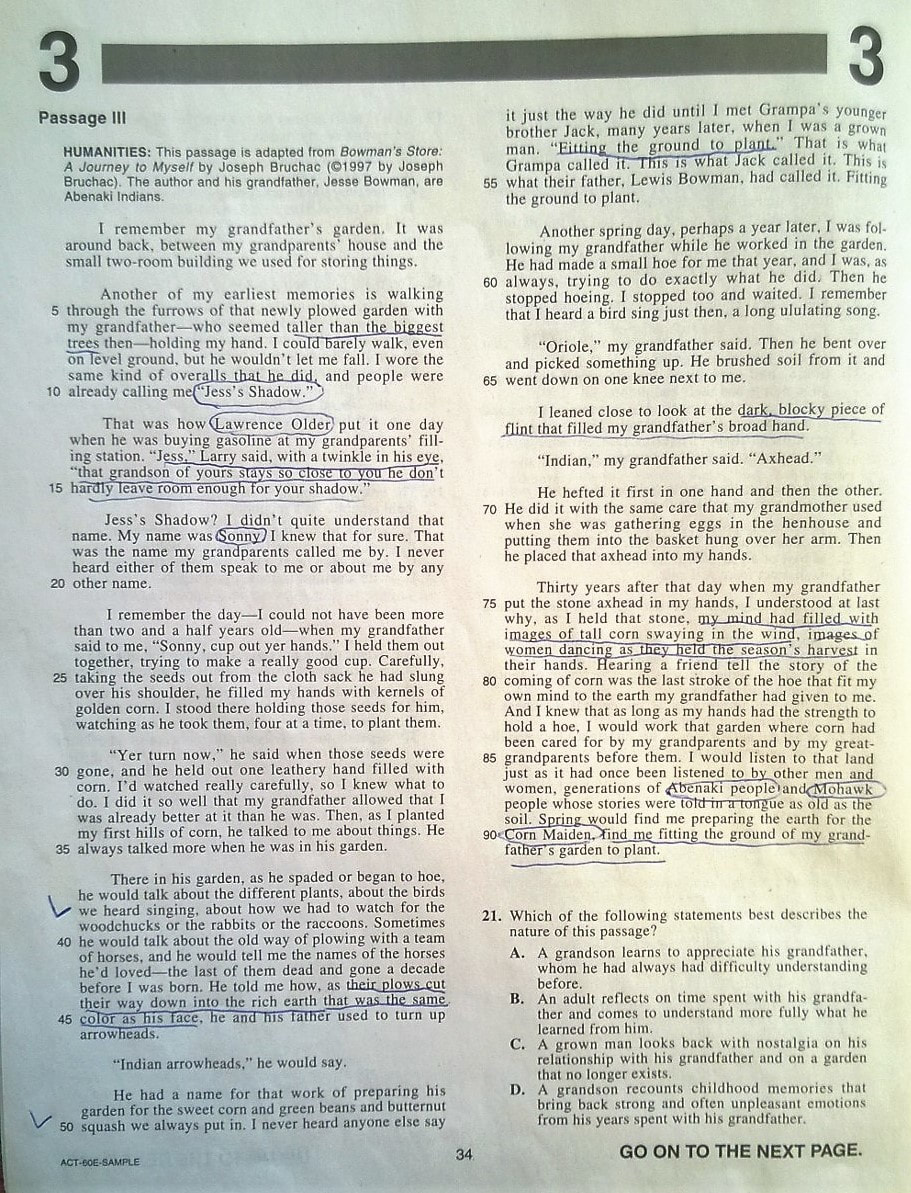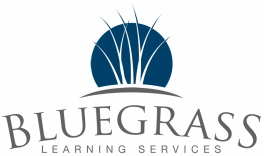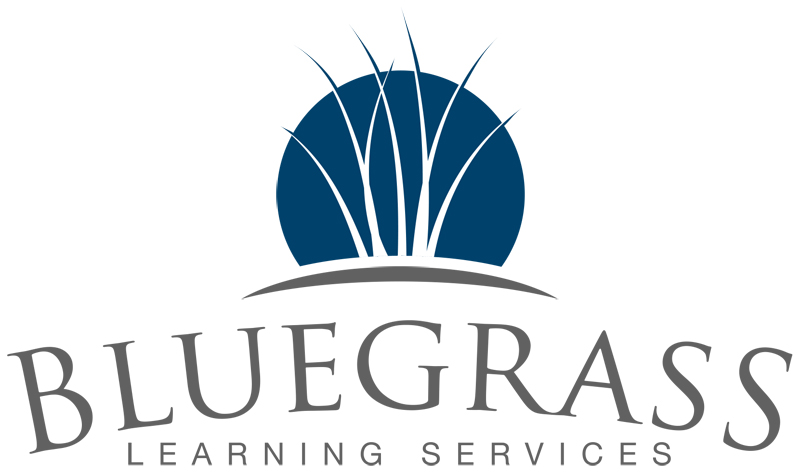
There is a general test taking tip, plus tips for each section of the test (English, Math, Reading and Science). If you would like to learn more, check out our upcoming ACT prep class dates in Bowling Green.
If you see an answer choice written like this: “The article Tom wrote…” it's probably wrong. Look closely. The question asked about Tom, not about the article he wrote, so the subject, Tom, will also come first in the correct answer.
Having said that, don’t make the mistake of assuming ‘shortest answer is always correct.’ Some students have heard this tip and assume they can just guess a short answer every time. In many cases that is true, however, if the shortest answer is not written in active voice, it is probably a wrong choice.
Analyze all the graphs, tables and charts before you go to the questions.
I know, I know! You're thinking, “But my teacher said I should read the questions first, then hunt and seek for the answers.”
No offense to the thousands of teachers who say that, but it's not a great strategy. Our suggestion will speed you up, and ensure you understand what is being measured or studied in the passage.
Here’s what I mean when I say ‘analyze the data.’
- Mark the high points, low points, and where the largest changes occur in the data.
- For tables, denote the data trend. Is each column increasing, decreasing, constant or varying?
- If given a line graph, also circle anywhere the lines cross or change direction.
If you analyze the data first, you have marked at least 50% of the correct answers, and you haven’t even read any of the passage yet! We've analyzed some tests where 70% of the correct answers came from annotating the points listed above.
Questions will ask about the points you marked on the charts, tables and graphs (high and low points, biggest changes in data, and increasing/decreasing trends). This tip will save you A TON of time on the science test.
BONUS SCIENCE TIP: If the data in a table column is varying (appears to randomly increase/decrease), you can safely ignore that column. ACT rarely asks a question about columns where data is 'all over the place.' If a table looks like the one below, they probably won’t ask you about anything in column C.
Know how to annotate well and mark up the passage. Here’s what you should mark (this tip can be used on the science and English passage too, because those sections also have a lot of reading):
- Proper nouns. You will be asked about people and places mentioned in the passage
- Italicized phrases and anything in quotes (other than dialog). ACT uses italics and quotes to highlight important vocabulary.
- If you see a list of items, things, feelings or actions, write an “L” or “List” in the margin. There WILL be questions about lists on every ACT. They are often the time consuming questions that start out with, “All of these, but…” or “Which of the following was NOT…” If you have marked a big “L” in the margin to denote a list, it’s easy to go back and see what isn’t in the list.
- Any part of the passage that surprises you or uses very descriptive language. You will often be asked to infer author’s meaning based on those sections.
Here’s one example about surprising and descriptive language from an actual ACT passage. This sentence took up three lines in a 91-line passage:
“Jess,” Larry said, with a twinkle in his eye, “that grandson of yours stays so close to you he don’t hardly leave room enough for your shadow.”
Three of the ten questions about the passage asked about that one sentence. The descriptive language, "twinkle in his eye," and the surprising statement about "not leaving room for a shadow," must have captured the attention of the test writers. The sentence only makes up 3% of the entire passage length (3 out of 91 lines), but 30% of the questions asked about it. If it stood out to you, and you marked it while you were reading, you would be able find it again quickly. You wouldn't waste time searching for a very important section of the passage.
This is so important I’m going to say it again: Mark up (annotate) the passage as you read!
Here is a sample passage from an actual ACT, with annotation, so you can see how I do it, but feel free to use your own methods... as long as you are marking!

They often bunch up those 'no change' answers. We’ve seen tests where three or four consecutive questions have a correct answer of “no change”. It’s psychological warfare! The test writers are trying to get you to second guess yourself. If you are sure it should be ‘no change,’ don’t let the fact that the previous two answers were also ‘no change’ bother you.
Be sure to brush up on your grammar. Few high school students are getting good grammar instruction in their final two years of high school. The focus shifts to in-depth literary analysis in most classes, and many teachers don't emphasize grammar. You may have forgotten many rules. Practice tests are a great way to work on grammar skills. When you miss a question on an ACT English practice tests, take it to your teacher and ask them why your answer is incorrect, and what makes the correct answer the best choice. Your English teacher can explain the rule so you will know what to do the next time you see a similar question.
Always use direct modifiers. For example, "The burning wood..." may be a correct answer, but you can eliminate an answer that uses indirect modifiers like, "The wood that was burning..." Answers that move the modifier (burning) away from what they are modifying (wood) are almost always incorrect.
If you are currently taking AP calculus or another high-level math class, you MUST brush up on what you learned in pre-algebra, Algebra 1 and Geometry. Many high achieving students come to us because they are disappointed with their ACT math scores. They took basic classes 3-5 years ago and have forgotten much of the material the ACT tests. When we look at their score reports, they are often missing ‘easy’ questions. Brush up on the basics if you are struggling to get a great score.
Print out this formula sheet. You aren't allowed to use a formula sheet during the test, but the document will be helpful while you are studying. If you can’t fill in those formulas from memory, or you don’t understand when or how to use the formulas, you better brush up! To get help, go to a math teacher at your school or register for a Bluegrass Learning ACT Math class. We cover all the formulas on that sheet during our 3 hour math class.
Work on word problems! I see many kids come through our tutoring center who can solve problems when you give them numbers on a page, but the second I ask them a question using words they don't know how to solve it. Even though they understand the procedure required to solve the problem, they don't know how to set up an equation. Practice setting up equations from word problems. It will be a HUGE help on the ACT.
Finally, draw pictures! I'm not a math teacher, and the last math class I took was in 1993, so I often come across ACT math problems where I have no idea what to do (thank goodness I hire great math teachers). Even though I may not know the procedure or formula to use, I can often solve these problems by drawing a picture and using a little reasoning. If you find yourself in a similar situation on the ACT math section, save those questions for last, then if you have time, go back and draw a picture and see if you can figure it out. One note of caution... don't waste time trying to figure out these problems UNTIL you have done all the problems you know how to do, and checked them for accuracy. If you have time at the end, then draw a picture and play around with the more difficult problems to see if you can solve any of them.

If you would like to learn many more great ACT tips and strategies, come join us for a class. We would love to have you! You can see upcoming class dates and register for sessions by visiting this page. Register early! We only accept 20 students in each class.
You can also register by calling us at 270-904-5949.
Author
Joe Deaton is founder and President of Bluegrass Learning. He wrote this article, however, he wouldn't have been able to do it without the tips, knowledge and support provided by Bluegrass Learning ACT Instructors Steve Patton and Catrina McDermott.


 RSS Feed
RSS Feed
